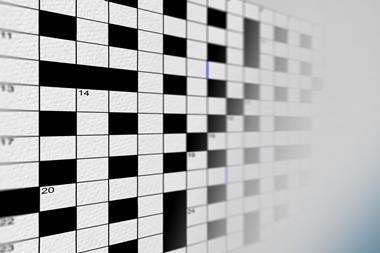Valency and bonding: a natural bond orbital donor-acceptor perspective
Valency and bonding: a natural bond orbital donor-acceptor perspective
Frank Wienhold and Clark Landis
Cambridge, UK: Cambridge University Press | 2005 | 749pp | ?60 | ISBN 0521831288
Reviewed by David Cooper
Wienhold and Landis present a fairly unified description of the bonding in a wide range of molecular and supramolecular systems, showing how vast areas of chemistry can mostly be explained from a donor-acceptor perspective. Their chosen methodology is natural bond orbital (NBO) analysis, which is now a standard feature in various widely used electronic structure packages. The authors are clearly leaders in the field.
The opening chapter, which presents some theoretical background, could be a difficult read for some potential users of the book. They could usefully skip directly to the later chapters, which deal with electrostatic and ionic bonding, molecular bonding to main group and d-block elements, and supramolecular bonding. For those who wish to dip in and out of individual topics, a glossary of all of the many abbreviations would have been helpful and it might have been better for explanatory notes to appear as footnotes, rather than being grouped together with references at the end of rather long chapters.
A source of disappointment is the lack of comparisons with other contemporary methodologies that also provide insights into valency and bonding, such as topological analysis of electron densities, so-called qualitative density function theory, modern formulations of valence bond theory, and so on.
Otherwise, the book is well-written with vast numbers of illustrations as well as very useful worked examples. The impressive level of detail for individual systems can sometimes mask the underlying story, but salvation usually comes in the form of incisive summaries at the end of various major sections. This graduate-level book will be particularly useful to those who wish to understand NBO-based arguments presented in the literature and it is likely to be an invaluable resource for anyone who runs, or wishes to run, NBO analysis for themselves.












No comments yet